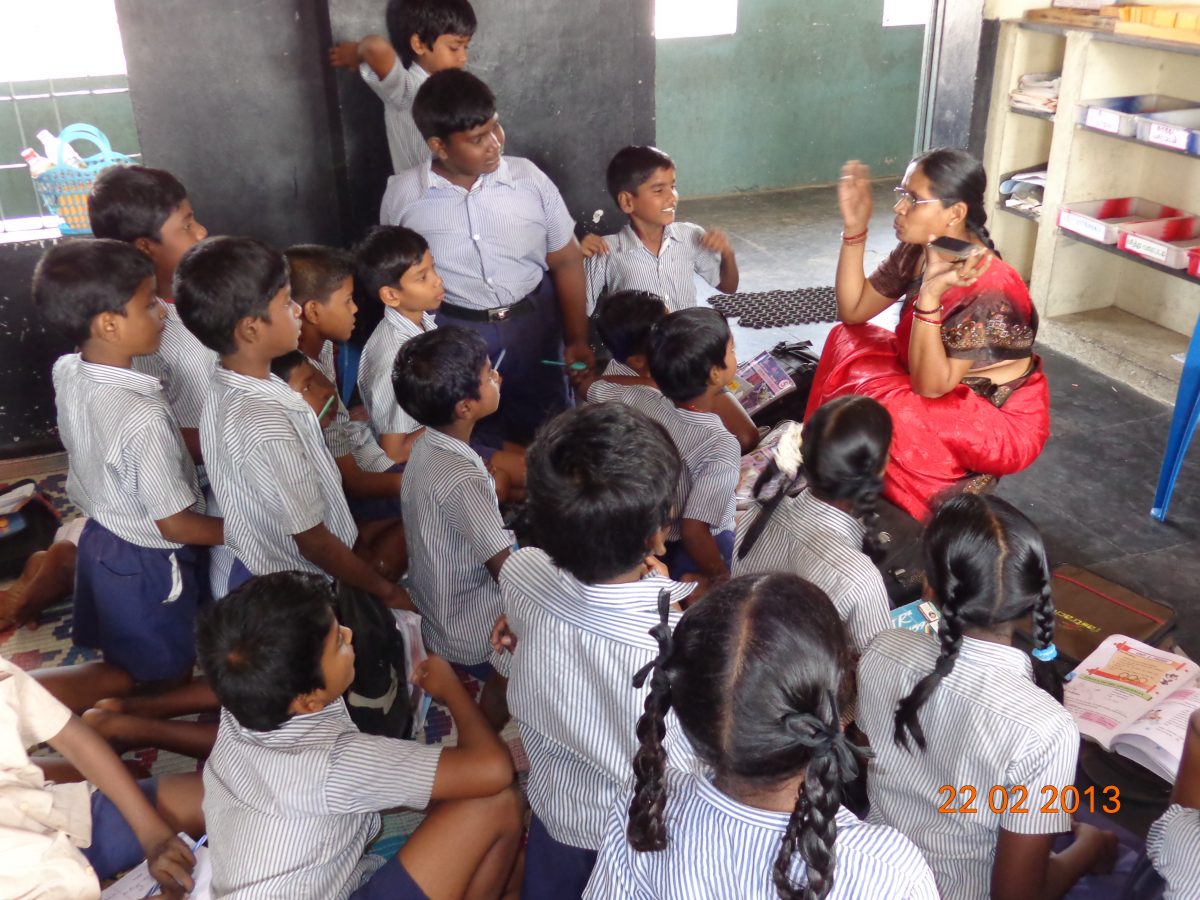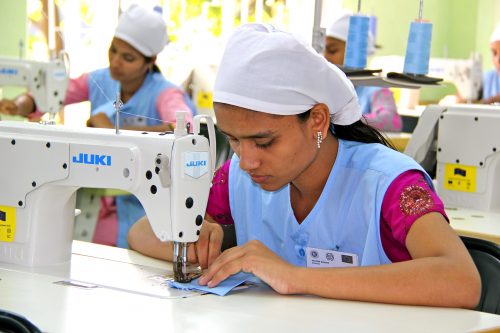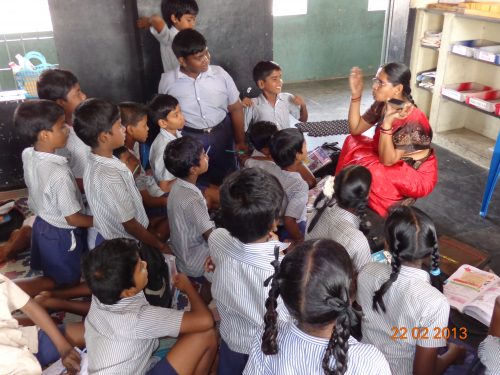TBI Blogs: These 5 Relatively Easy Steps Can Help India Fight Illiteracy – If Everyone Chips In
India’s literacy rate continues to be below the global average, despite concentrated and prolonged efforts. Renu Sharma explores different facets of the problem, and how we can speed up the process towards a universally literate nation.

India’s literacy rate continues to be below the global average, despite concentrated and prolonged efforts. Renu Sharma explores different facets of the problem, and how we can speed up the process towards a universally literate nation.
Illiteracy is poisonous for the development of any country. It can result in other bigger issues like unemployment, population burst, poverty, etc. It is one of the main issues India has had to deal with since independence. Efforts made by NGOs and the government have resulted in a slight drop in the illiteracy rate in India. But although we’re making some progress, it’s not enough. There are still so many things we can do to help eradicate illiteracy in our country.
You may think that it’s not your problem. But the bigger picture remains that a high illiteracy rate holds a nation back from making progress. It is affecting all of us in ways that we can’t even imagine. We all need to come together to help underprivileged children get better education because they are our country’s future.
With so many factors playing a role in India’s illiteracy issue, there is no single solution that can bring about immediate change. But there are some small steps that can pave the way for higher literacy rates:
Free education
The Right to Education Act, passed by Parliament in 2009, has ensured that children between the ages of 6-14 should receive free and compulsory education. As a result of this Act, there have been some improvements in the number of children within these age groups getting education.
But we need to think about children who don’t fall within this age group. Without education, children below age 6, who haven’t yet qualified for free and compulsory education, could fall into the clutches of child labour. Once they fall in, it’s immensely difficult to get them out. That’s why NGOs are already making efforts to provide necessary education to younger children.
Additionally, children over the age of 14 could still want to pursue their education. It’s upon the NGOs to provide them with the necessary facilities to learn valuable skills that could help them in getting employment.

Flexible schedules
Despite the availability of free education, many children may still fail to attend schools. Most of the time, it’s because they need to work or help out their families during the day. So this leaves them with no time to attend the free classes provided by many government schools and NGOs.
Here, flexible class timings like the ones offered by the Pratham Shiksha organization run by Sumeeti Mittal could make a huge difference. This type of schedule provides underprivileged children the freedom to earn their livelihood during the day and then get an education in their free time.

Vocational training
One of the main goals of education is to provide individuals with the essential skills and knowledge to earn a living. So a basic school curriculum may not always be satisfactory for educating underprivileged children. Once they’re at an eligible working age, they need to have useful skills that can help them find employment. This is where vocational training programs come into play.
In some NGOs, children can attend vocational classes in plumbing, electricity, and stitching. These classes can equip underprivileged children with practical skills they can use for earning a livelihood. The Pratham Shiksha organization has even partnered with a private hospital to provide nursing training, complete with government certification.

Raising awareness among underprivileged societies
Despite all of these efforts made by NGOs and the government, so many families still refuse to send their children to school because of the mindset they have about education. Many parents in underprivileged families may be of the opinion that education is of no use. Because they themselves “survived” without an education, their kids too can do the same.
Here’s where we need to put more effort into raising awareness about the importance of education. We can do this by delivering speeches during public events and gatherings. Instead of simply stating the importance of education, we need to show them the value of education. We can help them learn how having educated children could benefit their families in terms of both financial and societal status.
![Source: By Harvinder Chandigarh (Own work) [CC BY-SA 4.0], via Wikimedia Commons](https://en-media.thebetterindia.com/uploads/2017/02/First_Wikipedia_Awareness_Generation_Meeting_held_with_Punjabi_Writers_MohaliChandigarhIndia-500x375.jpg)
Empowering educated teachers
For children to get quality education, they need to have an educated and dedicated teacher. Private schools and prominent government schools may have an endless supply of highly-qualified teachers to teach their students. But in the case of underprivileged children, they may have a hard time finding educated individuals who are willing to teach them. This is mainly due to the minimal or zero pay.
These educated people cannot be blamed because they too need to earn their livelihood and support their families. They may not have the privilege of dedicating all their time to teaching for free or for low pay. In such cases, NGOs could open up an opportunity for educated people to volunteer as part-time teachers. The teachers could dedicate a few hours of their time to teach for free while still having the time to work a regular job.

There are so many factors that come to play when trying to deal with illiteracy in India. The five ways mentioned above should have significant impact on education for underprivileged children.
(The author is a content writer who loves to write on education, health, and fitness. She loves traveling and helping people who live in rural and slum areas and children with special needs.)
Help Pratham Shiksha make basic education available to more underprivileged people by contributing here.
Like this story? Or have something to share? Write to us: [email protected], or connect with us on Facebook and Twitter.
NEW: Click here to get positive news on WhatsApp!
If you found our stories insightful, informative, or even just enjoyable, we invite you to consider making a voluntary payment to support the work we do at The Better India. Your contribution helps us continue producing quality content that educates, inspires, and drives positive change.
Choose one of the payment options below for your contribution-
By paying for the stories you value, you directly contribute to sustaining our efforts focused on making a difference in the world. Together, let’s ensure that impactful stories continue to be told and shared, enriching lives and communities alike.
Thank you for your support. Here are some frequently asked questions you might find helpful to know why you are contributing?


This story made me
-
97
-
121
-
89
-
167













